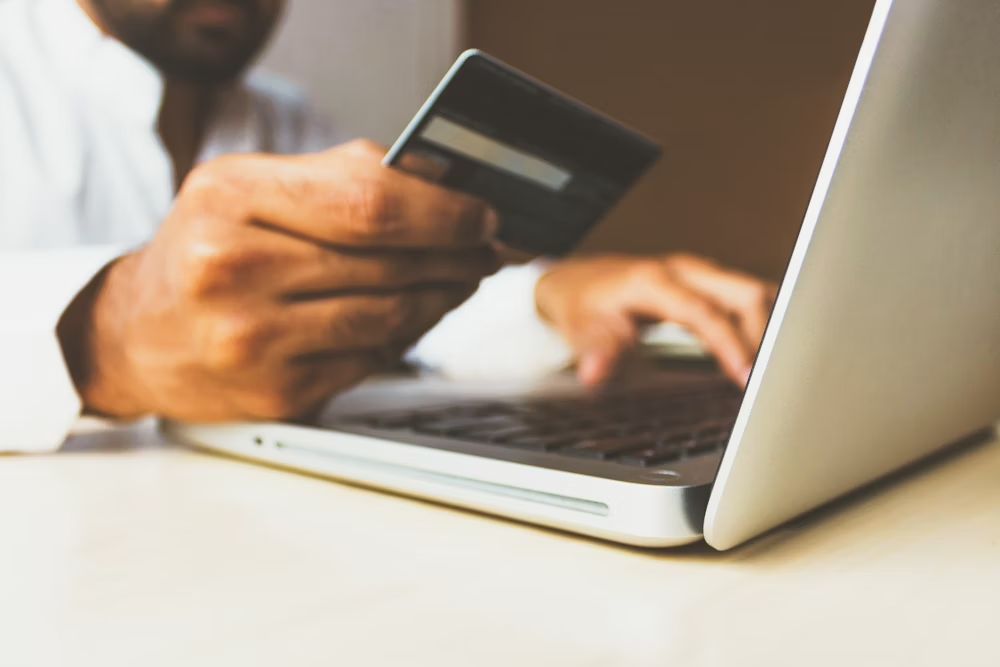In today’s digital world, your personal data is a valuable currency. Every click, search, and login creates a digital footprint that companies and, unfortunately, criminals, would love to get their hands on. While you can’t eliminate your footprint entirely, you can take control and make yourself a much harder target.
Data security isn’t just for tech experts. It’s for everyone. This practical checklist breaks down essential steps into manageable actions. You don’t need to do everything at once. Implement a few of these each week, and you’ll significantly boost your online privacy and security.
Level 1: The Essentials (Do This Now)
These are the most critical steps that everyone should take immediately. They offer the biggest security bang for your buck.
1. Password Audit & Manager
-
The Problem: Using simple, reused passwords is the #1 cause of account breaches. If one site gets hacked, criminals try that same email/password combo everywhere else.
-
The Solution:
-
Use a Password Manager. Apps like Bitwarden (free), 1Password, or LastPass generate and store strong, unique passwords for every site. You only need to remember one master password.
-
Check for Breaches. Visit HaveIBeenPwned.com to see if your email has been involved in a known data breach. If so, change those passwords immediately.
-
2. Enable Two-Factor Authentication (2FA)
-
The Problem: A password alone can be stolen. 2FA adds a second layer of security.
-
The Solution: Turn on 2FA for every account that offers it, especially email, banking, and social media. Use an authenticator app (like Google Authenticator or Authy) instead of SMS texts when possible, as apps are more secure against SIM-swapping attacks.
3. Software Updates: Your Digital Immune System
-
The Problem: Software updates often include critical patches for security holes that hackers exploit.
-
The Solution: Enable automatic updates on your phone, computer, apps, and router. Don’t click “Remind me later.” Do it now.
Level 2: Strong Defenses (Do This Soon)
Once the essentials are in place, level up your defenses.
4. Secure Your Email
-
Your email is the key to your digital kingdom. If a hacker gets in, they can reset passwords for all your other accounts.
-
The Action: Use a strong, unique password and 2FA for your email. Be wary of phishing emails—never click suspicious links or download attachments from unknown senders.
5. Review App Permissions
-
The Problem: Many apps have access to far more data than they need (e.g., a flashlight app requesting your contacts).
-
The Action: On your phone, go to Settings > Privacy & Security (or similar) and review which apps have access to your location, contacts, microphone, and camera. Revoke access for anything that seems unnecessary.
6. Browse Safely with a Password & Ad Blocker
-
The Problem: Malicious ads and trackers can follow you around the web and compromise your security.
-
The Action:
-
Use an ad blocker like uBlock Origin. It blocks malicious ads and reduces tracking.
-
Ensure your browser’s password manager is turned OFF if you are using a dedicated password manager (like 1Password) to avoid conflicts.
-
Level 3: Advanced Protection (For the Privacy-Conscious)
7. Use a VPN on Public Wi-Fi
-
The Problem: Public Wi-Fi networks (coffee shops, airports) are often unencrypted, meaning others on the network could see what you’re doing.
-
The Solution: A Virtual Private Network (VPN) encrypts your internet traffic, making it unreadable to snoops. Note: Avoid free VPNs, as they often make money by selling your data. Paid services like ProtonVPN or Mullvad are more trustworthy.
8. Be Social Media Savvy
-
The Problem: Oversharing on social media gives hackers ammunition for social engineering and phishing attacks (e.g., using your pet’s name to guess security questions).
-
The Action: Review your privacy settings. Make your profiles private. Avoid posting your full birthdate, address, or when you’re on vacation. Be selective about what you share publicly.
9. Think Before You Click & Share
-
The Problem: Phishing scams are getting sophisticated. They often mimic emails from your bank, Amazon, or PayPal, creating a sense of urgency to trick you.
-
The Action: Hover over links to see the real URL before clicking. Never give out personal info or passwords via email. If in doubt, contact the company directly through their official website.
Your Action Plan: Don’t Get Overwhelmed
You don’t need to become a cybersecurity expert overnight. Use this checklist as a guide.
This Week:
-
Download a password manager and update your top 5 most important passwords (email, bank, social media).
-
Enable 2FA on your email account.
-
Check for and install any pending software updates.
Next Month:
-
Review app permissions on your phone.
-
Do a social media privacy checkup.
-
Install an ad blocker on your browser.
Your online privacy is worth protecting. By taking these proactive steps, you’re not just securing your data; you’re taking back control of your digital life.
What’s your number one tip for staying safe online? Share your best practices in the comments below!

